The District Institute of the Arts – Idartes is in charge of the network of the most important cultural facilities in Bogotá, of which a large part are considered buildings of Assets of Cultural Interest.
In 2020, Idartes created the Breathe the Art initiative: Towards a network of sustainable stages in Bogotá, an integrated action of urban research, development and innovation to migrate to sustainable production structures, guarantying a lower environmental impact, as well as a greater impact on construction of creative and conscious beings.
The initiative encourages dialogues between environmental specialists, experts in renewable energies, artists, cultural managers and experts in related areas to lead the construction of new structures and strategies for spaces and theaters interested in implementing environmental policies in their operations.
- Jorge Eliecer Gaitan Theater
-
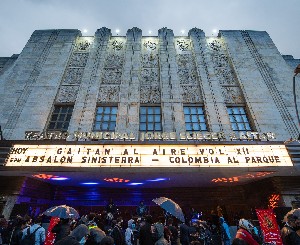
This stage, originally inaugurated in 1940 under the name “Teatro Colombia”, is an architectural bastion in Bogotá. Located in the historic downtown, the Jorge Eliécer has been the center of the most memorable and important staging in the country. Its walls, chairs and curtains tell the social, political and cultural history of the capital.
In addition, it is considered the largest theater in the country because its main stage has a seating capacity for 1,645 people. A smaller theater inside the building called the Teatrino, in turn, has capacity for 55 people.
The emblematic building downtown Bogotá also has behind its walls the so-called Hall of Mirrors, a special space for artists dedicated to the practice of dance and performing arts and an exhibition gallery.
The Jorge Eliécer Gaitán Theater has new environmentally sustainable lights.
- El Ensueño Theater
-
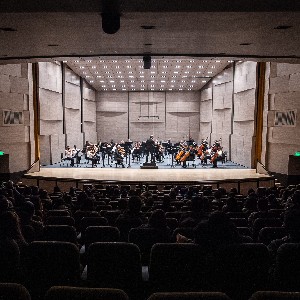
This cultural space, inaugurated in 2021, has been developed from meetings between the artists and inhabitants of Ciudad Bolívar, south of the Colombian capital, as well as neighboring boroughs such as Bosa, Tunjuelito and Usme.
The theater, where an active participation of dance, circus, graffiti, music, and theater artists survives, is an articulating cultural node in these boroughs, promoter of the art circulation and the logical creation of circuits and artistic and cultural exchanges between boroughs.
El Ensueño Theater has a capacity for 800 people, ten dressing rooms, two rehearsal rooms, innovative architecture and high technology, which allows the presentation of works, concerts and large-format, disciplinary and multidisciplinary proposals.
- El Parque Theater
-
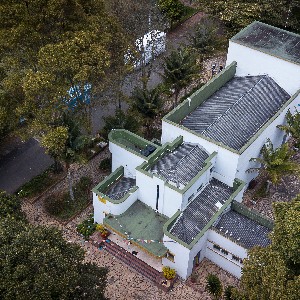
Created as a children’s theater for the representation of dolls, puppets and marionettes, El Parque Theater, founded in 1936, has been directed by important artists of the performing arts and personalities of the national culture.
El Parque Theater is a place where important artistic groups were born and developed that today are part of the theatrical and puppet scene, not only in Bogotá but throughout the country. In addition, it is a place where many children and families have had the opportunity to dream, smile, play and sing with the stories and characters represented there.
Currently, this theater is under renovation.
- La Media Torta Theater
-
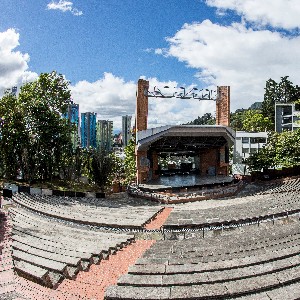
Since 1938, this contemporary amphitheater, donated by the British council, has witnessed the growth of a modern city welcoming locals and foreigners, a city belonging to and is for all Bogotá citizens. It was designed in 1936 as a place for the entertainment of the first peasants and migrants who populated the country’s capital.
The old hacienda La Media Torta has seen great artists of cultured and popular music parade through its space. It has vibrated with the rigorous movements of the Bolshoi Ballet, has fallen in love with the passionate lyrics of Julio Iglesias, among many others.
- Cinematheque of Bogotá - Cultural Center of Audiovisual Arts
-
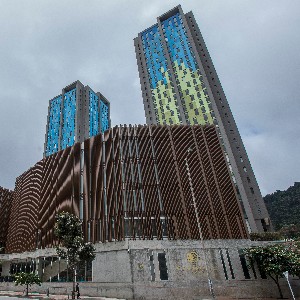
Originally founded in 1971, the City Cinematheque was located in the Jorge Eliécer Gaitán Theater, but in 2019 its new stage was inaugurated, another architectural milestone in Bogotá that renovated the downtown Bogotá that today is an outstanding cultural center for the audiovisual arts at a continental level.
The Cinematheque of Bogotá is the oldest institution of its kind working for the preservation, study, and audiovisual and cinematographic development in the country. Since its inception, the cultural center has transformed the views of Colombians through the preservation of moving images, contributing to the creation of new cinematographic heritage and enabling access to all the world’s cinema.
- Galeria Santa Fe
-
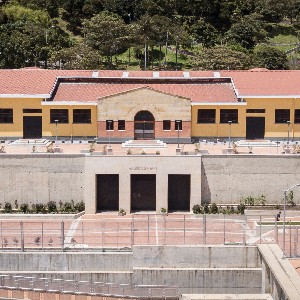
This stage was founded in 2019 on the first floor of La Concordia Market Place, downtown, although it was originally inaugurated in 1981 on the second floor of the Planetarium of Bogotá.
With 710 square meters, the largest public art room in Colombia is a space whose location has allowed it to transform the area through art and culture. It is a public project to promote the exchange of artistic practices, knowledge and experiences developed by plastic and visual artists from Bogotá, coordinated by the Management of Plastic and Visual Arts of Idartes.
- Mobile stages
-
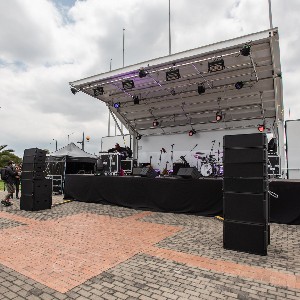
Currently, Bogotá has two mobile stages allowing a greater circulation of the arts in the city: The Armando de la Torre Mobile Stage (1999) and the Maria Mercedes Carranza Mobile Stage (2021).
The mobile stages are part of the cultural facilities of Bogotá, being the only ones with their technical specifications, which manage to offer a proposal for the decentralization of scenic practices committed to the city’s plurality of art and culture, reaching thousands of citizens of the Metropolitan area.
- Bogotá Planetarium
-
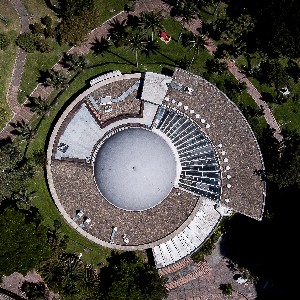
Originally opened in 1969, this astronomical and science outreach center, as well as art and culture, is an architectural landmark in the city due to its particular snail shape, among other characteristics. Its 23 meter diameter dome has the most modern digital projection system in Latin America, allowing not only to expand the visual and immersive possibilities of this space, but also to be more environmentally sustainable.
In its beginning, the Planetarium of Bogotá was the headquarters of important cultural centers such as the Museum of Modern Art of Bogotá, the District Cinematheque, the Museum of Urban Development and the Galeria Santa Fe, which currently have their own headquarters. Additionally, today it is the epicenter of the Idartes Line of Art, Science and Technology, hosting its two programs: Plataforma Bogotá and CKWEB.
- The Art Castle
-

Originally opened in 1969, this astronomical and science outreach center, as well as art and culture, is an architectural landmark in the city due to its particular snail shape, among other characteristics. Its 23 meter diameter dome has the most modern digital projection system in Latin America, allowing not only to expand the visual and immersive possibilities of this space, but also to be more environmentally sustainable.
In its beginning, the Planetarium of Bogotá was the headquarters of important cultural centers such as the Museum of Modern Art of Bogotá, the District Cinematheque, the Museum of Urban Development and the Galeria Santa Fe, which currently have their own headquarters. Additionally, today it is the epicenter of the Idartes Line of Art, Science and Technology, hosting its two programs: Plataforma Bogotá and CKWEB.
- House of Dance
-
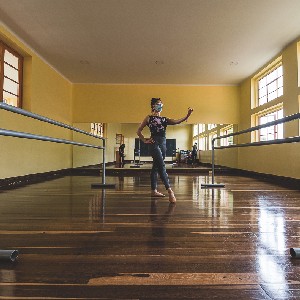
Originally opened in 1969, this astronomical and science outreach center, as well as art and culture, is an architectural landmark in the city due to its particular snail shape, among other characteristics. Its 23 meter diameter dome has the most modern digital projection system in Latin America, allowing not only to expand the visual and immersive possibilities of this space, but also to be more environmentally sustainable.
In its beginning, the Planetarium of Bogotá was the headquarters of important cultural centers such as the Museum of Modern Art of Bogotá, the District Cinematheque, the Museum of Urban Development and the Galeria Santa Fe, which currently have their own headquarters. Additionally, today it is the epicenter of the Idartes Line of Art, Science and Technology, hosting its two programs: Plataforma Bogotá and CKWEB.
